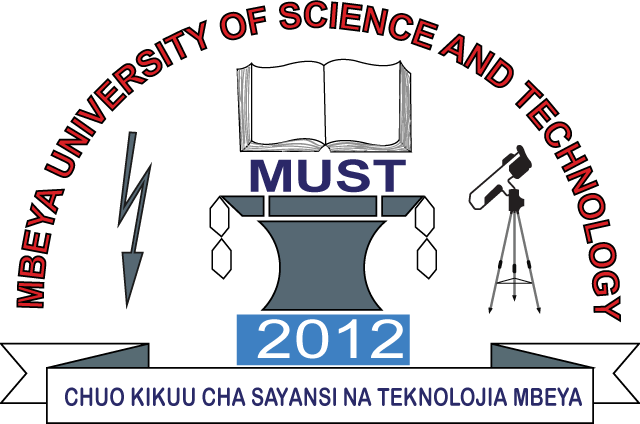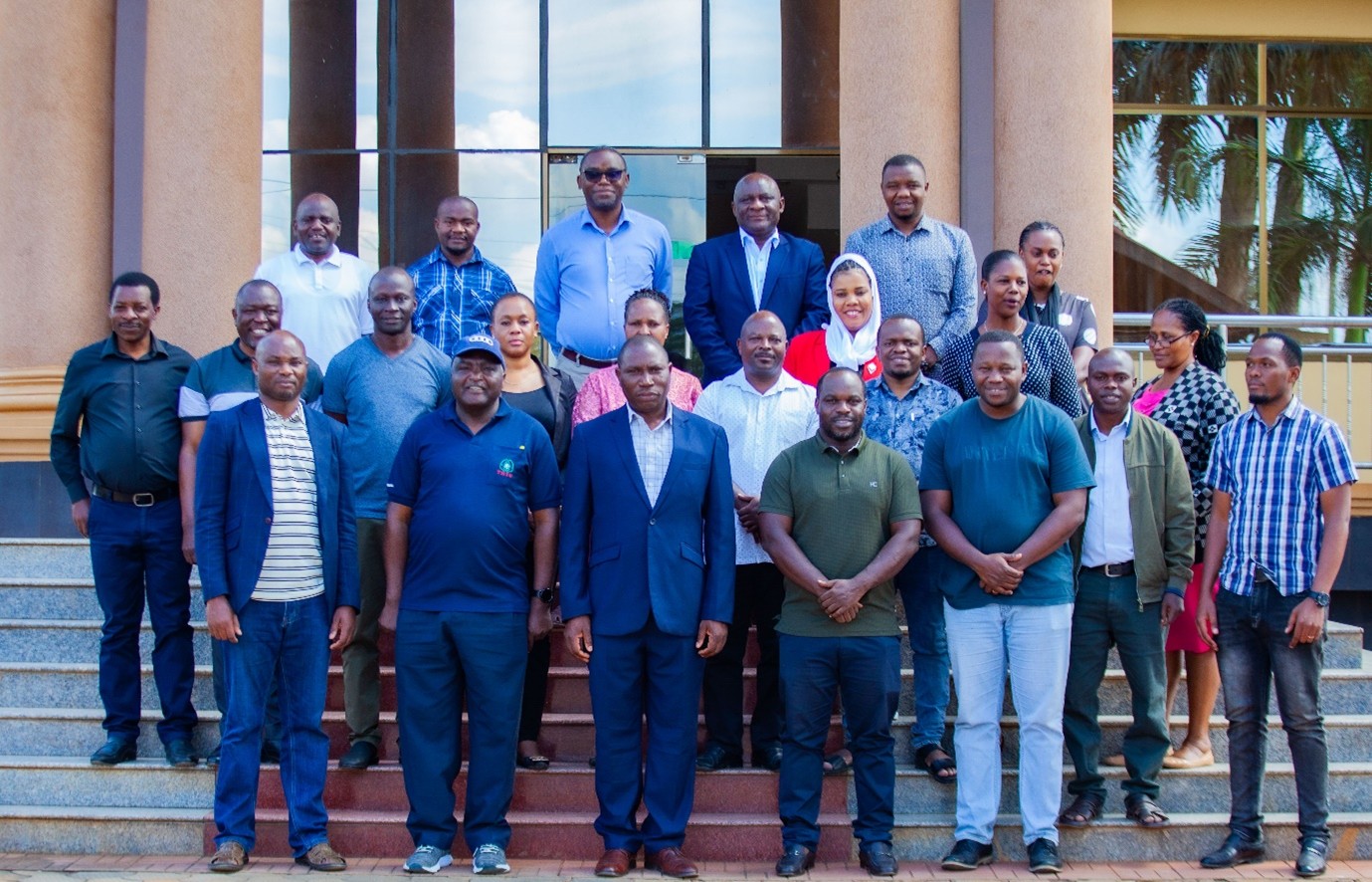
The United Republic Of Tanzania
Ministry of Education, Science and Technology
Mbeya University of Science and Technology
Leading Centre of Excellence for Knowledge, Skills, and Applied Education in Science and Technology


Leading Centre of Excellence for Knowledge, Skills, and Applied Education in Science and Technology


As the transformative USD 31 million Higher Education for Economic Transformation (HEET) Project at Mbeya University of Science and Technology (MUST) draws to a close, a dedicated team gathered in Morogoro to prepare for its final and most crucial phase of project closure. This essential step ensures the university’s gains are secured, sustained, and aligned with the World Bank’s standards.
The training, held at Flomi Hotel starting on 17th July 2025, brought together key project staff for an intensive session led by national experts from the Ministry of Education, Science and Technology (MoEST). Their mission was clear: equip the team to wrap up the project not just efficiently, but responsibly.
Over the past few years, the HEET Project has reshaped MUST, financing modern academic infrastructure including lecture theatres, laboratories and workshops, boosting digital infrastructure, and even providing a bus for student industry visits. With construction nearly complete and new facilities ready for use, the team turned its attention to the closure process.
“Closing a project is not just about ticking off deliverables or submitting reports,” one MoEST facilitator emphasized. “It’s about ensuring sustainability, compliance, and a smooth transition for the university and its community.”
The first day of training was anchored on two vital pillars: social safeguards and environmental, health, and safety (EHS) compliance. Here the discussions focused on social safeguards. The team explored how to responsibly disengage workers, handle any remaining grievances, and conduct final consultations with communities touched by the project. Ms. Neema Wilson, the MoEST Social Safeguards Coordinator, walked the team through best practices for holding structured exit meetings with local leaders, contractors, and university stakeholders. A detailed checklist was shared, covering everything from documentation to the archiving of records, to ensure nothing falls through the cracks.
Then after, the attention shifted to environmental and safety responsibilities. The session tackled the steps required to demobilise equipment, implement decommissioning plans, and carry out final compliance inspections. Ms. Wilson outlined the importance of emergency preparedness and legal adherence as the project winds down. Every detail mattered, from proper waste management to safeguarding the newly completed assets.
“Think of closure as the final legacy of this project,” the facilitator noted. “How we finish will shape how these facilities serve students long into the future.”
With two more days of training still ahead, covering financial closure, asset handover, and final reporting, the team left the session energized and sharply aware of the road ahead. The team noticed that this is not just paperwork. It’s about protecting the university’s investment and ensuring that students continue to benefit from it for generations
The team learned that testing covers several critical systems, including mechanical, electrical, plumbing, Heating, Ventilation, and Air Conditioning (HVAC), and lift systems. Each test came with its checklist and detailed protocols. Commissioning, they were told, goes beyond the tests it verifies that every system functions as intended and integrates seamlessly within the constructed asset. Participants were introduced to the key documents required during this stage. These included As-Built drawings, operational manuals, training logs, and deficiency lists. The facilitator stressed that the results of all tests must be documented in commissioning reports that demonstrate compliance with project specifications.
Following commissioning, the training covered the often-overlooked phase of post-commissioning. This involves seasonal testing, adjusting systems for optimal performance, and monitoring to resolve any defects that may arise. It was clear that the work didn’t end with systems turning on true closure required fine-tuning and accountability.
The session then transitioned into the handover process. The team was shown how to compile a comprehensive handover report a document that certifies the constructed assets meet intended purposes, utility, and quality expectations. It must also list any outstanding defects that the contractor is responsible for rectifying before the project can be fully accepted. Importantly, a schedule for defect rectification must be outlined, along with maintenance guidelines that define liability during the Defects Liability Period. This includes any environmental responsibilities. Alongside this, all operational manuals, equipment keys, and maintenance guides must be submitted.
Once these steps are fulfilled, the practical completion certificate is issued, confirming that all physical works have been carried out according to specifications and drawings. This is followed by the Penultimate Certificate, marking the near-final stage of the project. After this, the formal site handover to the client takes place, and a Taking Over certificate is issued. Only then can the client proceed to apply for an occupancy certificate from the local government.
The final part of the session covered financial closure how to settle accounts with the contractor, issue certificates after defect rectification, and finally, prepare the Final Completion Certificate. To wrap up, the team also explored aspects of contract completion and the importance of ongoing monitoring and evaluation. The training reinforced that the end of a project is not just a milestone but a transition that must be handled with diligence, documentation, and collaboration.